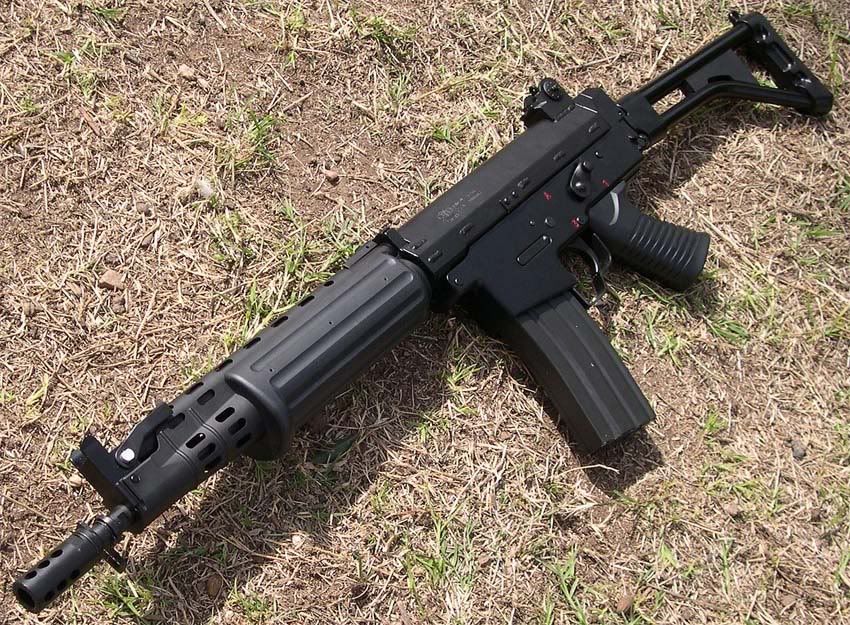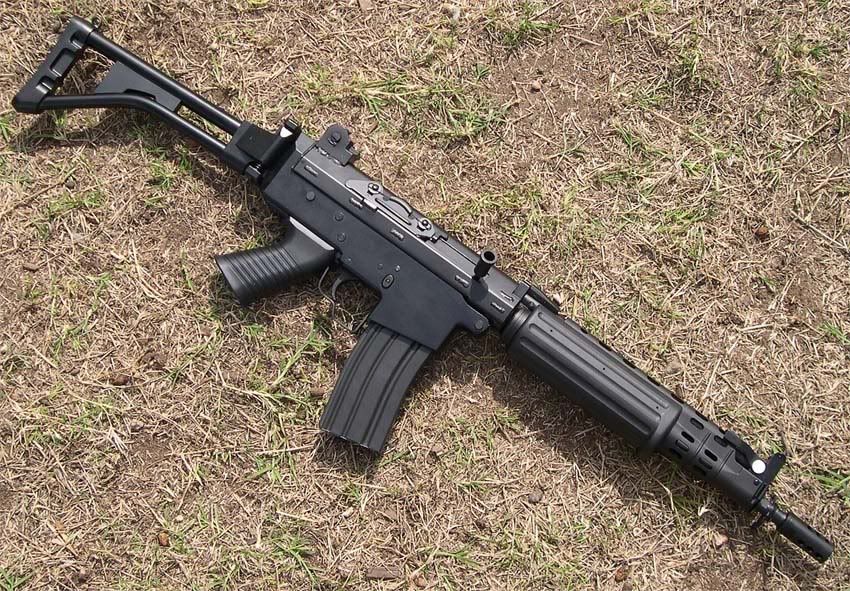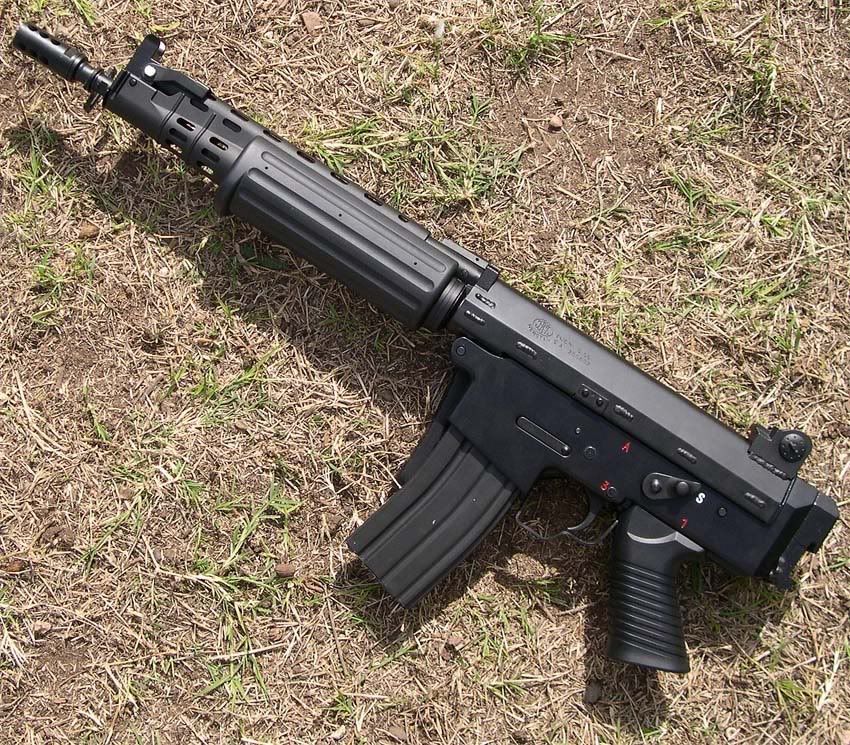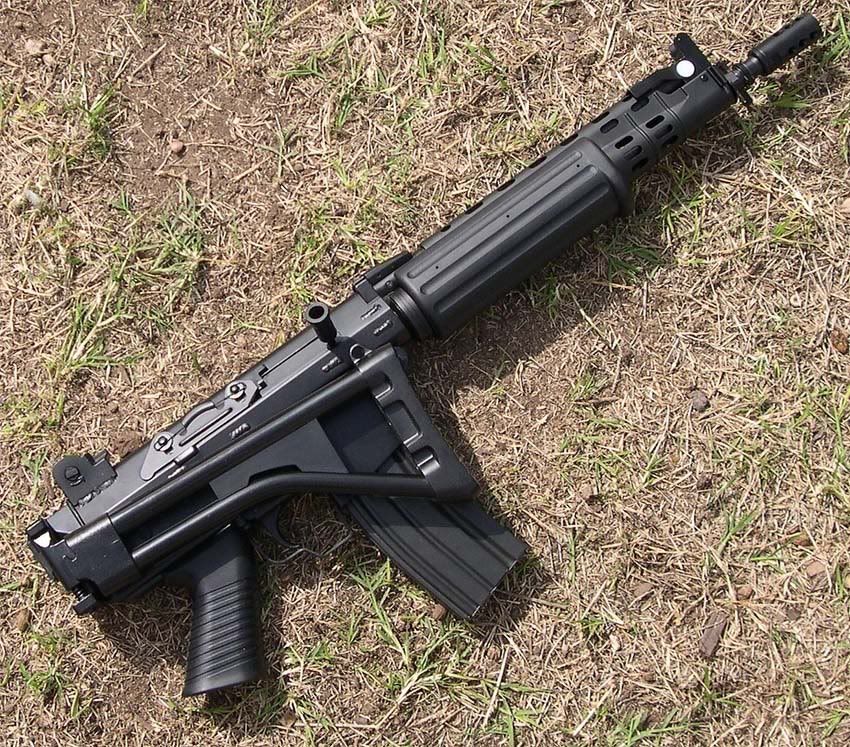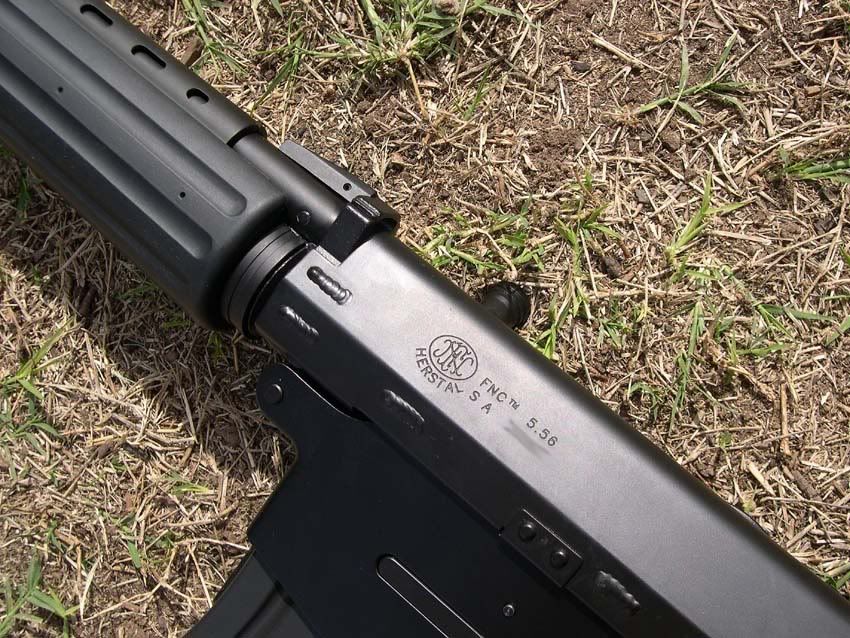16
Airsoft Items FOR SALE / Aimpoint, LaRue, ESS Goggles, NVG Mounts, AR15 Magazines
« on: February 06, 2010, 01:04:33 PM »
01x Gear Sector SPRE (Right Handed) Single Point Receiver Endplate - $15.00
Used, in excellent condition. Mounted on gun, never had a sling through it. (Not for airsoft)

17x Center Industries 30rd AR15 Magazines - $10.00 each
09x Okay Industries 30rd AR15 Magazines - $10.00 each
Used, in good condition.

03x ACH/MICH Goggle Strap (Foliage Green) - $5.00 each
Brand new, never used.
01x ACH/MICH Goggle Strap (Olive Drab) - $5.00
Brand new, never used.

01x ACH/MICH Goggle Strap (Olive Drab) - $2.00
Used, in good condition.
----------
*SOLD* - 01x LaRue FUG Vertical Foregrip (Painted) - $60.00
Includes all 3 caps. Used, in good condition.
*SOLD* - 01x ESS Profile NVG (Black Frame) - $20.00
New. Includes clear lens, shaded lens, and carry case.
*SOLD* - 4x Center Industries 30rd AR15 Magazines - $10.00 each
New in bag.
*SOLD* - 02x ACH/MICH NVG Bracket w/all hardware - $20.00 each
Brand new, never mounted.
*SOLD* -LMT Charging Handle with PRI Big Latch - $35.00
Barely used, in great condition. (Not for airsoft)
*SOLD* - 02x Tan US IR Flags - $12.00 each
Brand new, never used.
*SOLD* - 02x Rhino Mount Swing Arm - $15.00 each
Scuffed up, but in working condition.
*SOLD* - 01x Aimpoint M2 M68 CCO (4 MOA) - $300.00
Includes Aimpoint QRP Mount w/spacer & Double Battery Cylinder.
Used, but in good condition.
*SOLD* - 04x ACH/MICH NVG Bracket Adapter - $5.00 each
Scuffed up, but in working condition. Includes mounting screws.




